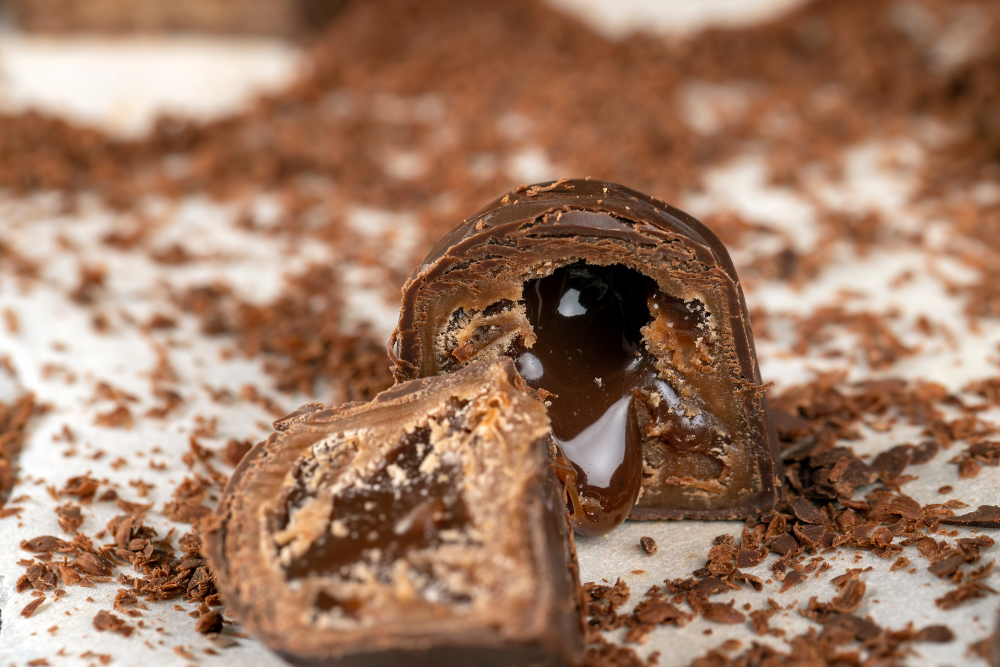Swiss and Belgian chocolates are among the most famous in the world, each boasting a rich history, superior craftsmanship, and unique characteristics. While both countries take immense pride in their chocolate-making traditions, what truly sets them apart?
This article explores the key differences between Swiss and Belgian chocolate, from their ingredients and production methods to their flavor profiles and global reputations.
1. A Brief History of Swiss and Belgian Chocolate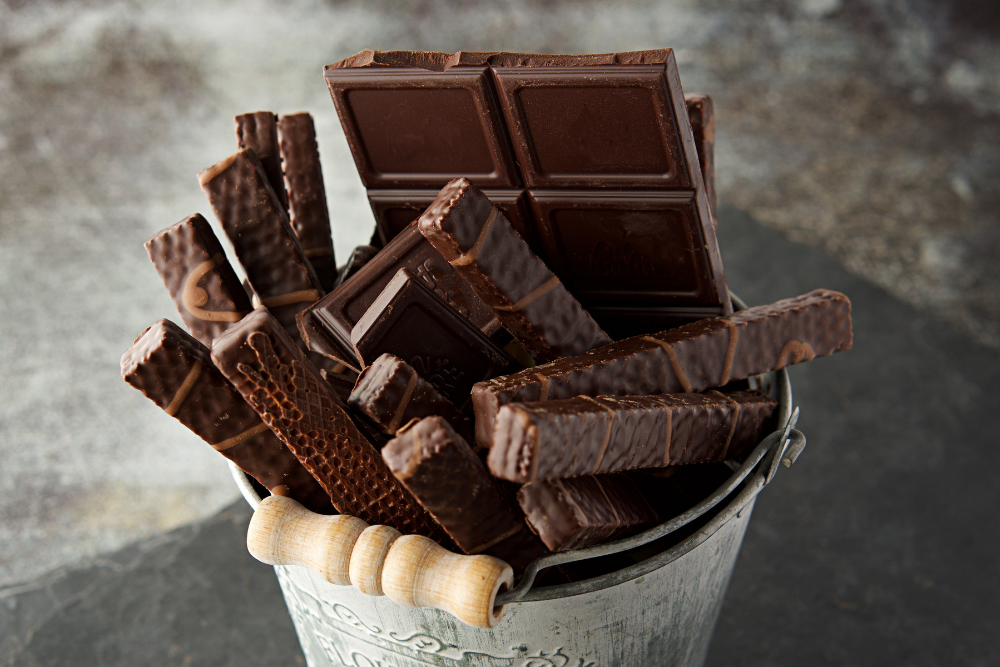
Swiss Chocolate: The Masters of Milk Chocolate
Switzerland’s chocolate legacy began in the 19th century, when Swiss chocolatiers introduced innovations that shaped the modern chocolate industry.
- 1819 – François-Louis Cailler opened Switzerland’s first chocolate factory.
- 1875 – Daniel Peter invented milk chocolate, revolutionizing the industry.
- 1879 – Rodolphe Lindt developed the conching process, creating smoother, creamier chocolate.
- 1908 – Toblerone, Switzerland’s iconic chocolate bar, was introduced.
Switzerland became world-famous for its creamy, milk-based chocolates, setting the standard for smoothness and texture.
Belgian Chocolate: The Artisans of Pralines
Belgium’s chocolate history dates back even further, to 1635, when Spanish rulers first brought cocoa to the region.
- 1857 – Jean Neuhaus opened a pharmacy selling chocolate-covered medicines.
- 1912 – Neuhaus’ grandson invented the praline, a filled chocolate bonbon.
- 1926 – Godiva was founded, becoming an international symbol of Belgian chocolate.
Belgium became renowned for its handcrafted pralines, rich dark chocolates, and couverture chocolate, widely used by pastry chefs worldwide.
2. Key Differences Between Swiss and Belgian Chocolate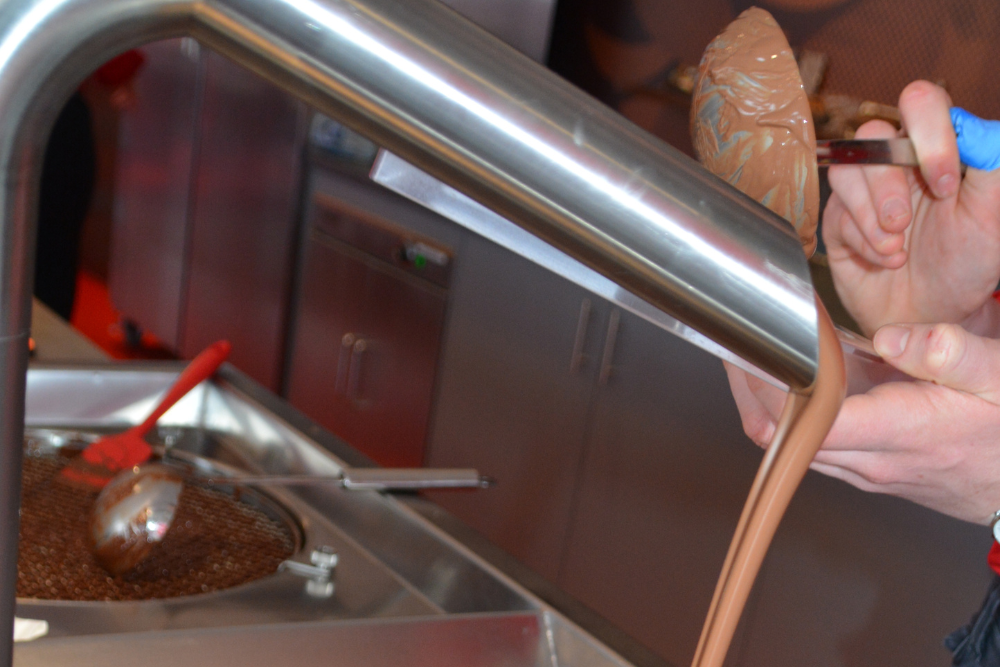
1. Ingredients and Flavor Profiles
Swiss chocolate is known for its milky, silky texture, while Belgian chocolate often has a more intense cocoa flavor with a balance of sweetness and bitterness.
2. Production Process
Swiss Chocolate: The Smooth Perfectionists
Swiss chocolatiers are famous for their conching process, which refines chocolate for up to 72 hours. This extended refining removes any rough textures, resulting in an exceptionally smooth, creamy consistency.
Additionally, Swiss chocolate places a strong emphasis on high-quality dairy, using premium Swiss milk to create luxuriously soft milk chocolate bars.
Belgian Chocolate: The Art of Craftsmanship
Belgian chocolate is often made using traditional, small-batch methods, preserving its handcrafted quality. The key distinction is its use of higher cocoa percentages and pure cocoa butter, creating rich, intense flavors.
Belgium is also famous for pralines, filled chocolates that can contain ganache, caramel, nuts, or liqueurs. These are often handmade, ensuring artisanal quality in every bite.
3. Chocolate Types and Specialties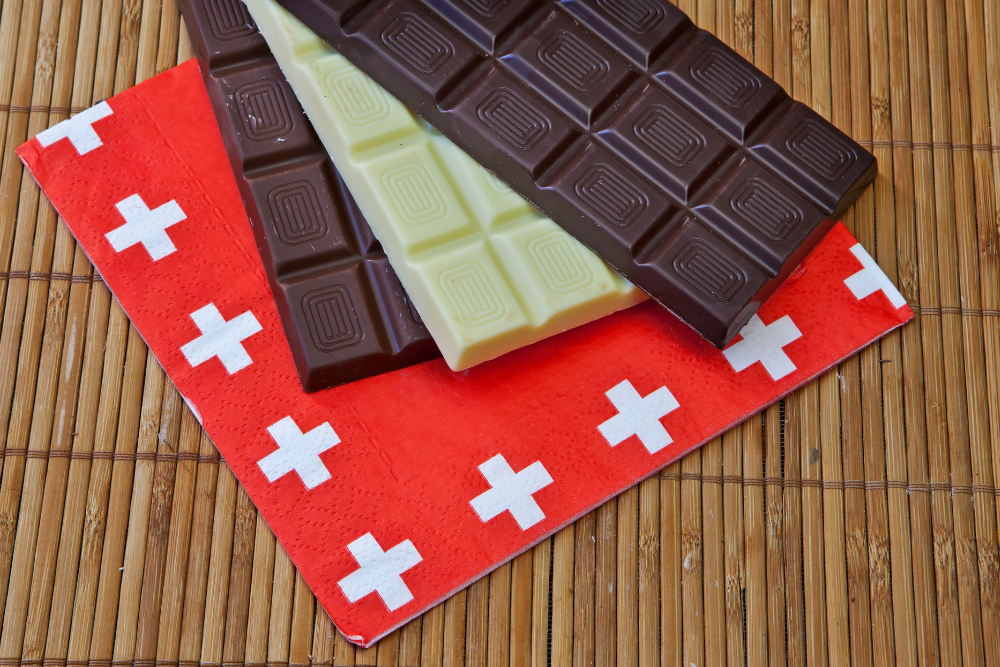
Swiss Chocolate Specialties:
- Milk Chocolate Bars – Switzerland’s signature product.
- Toblerone – A world-famous triangular chocolate bar with honey and almonds.
- Lindt & Sprüngli – Known for its smooth milk chocolate and Lindor truffles.
Belgian Chocolate Specialties:
- Pralines – Invented in Belgium, pralines are delicate, filled chocolates with intricate flavors.
- Couverture Chocolate – Used by chefs worldwide for its high cocoa butter content and smooth melting quality.
- Godiva & Neuhaus – Famous Belgian brands specializing in pralines and luxury chocolates.
3. Which One is Better?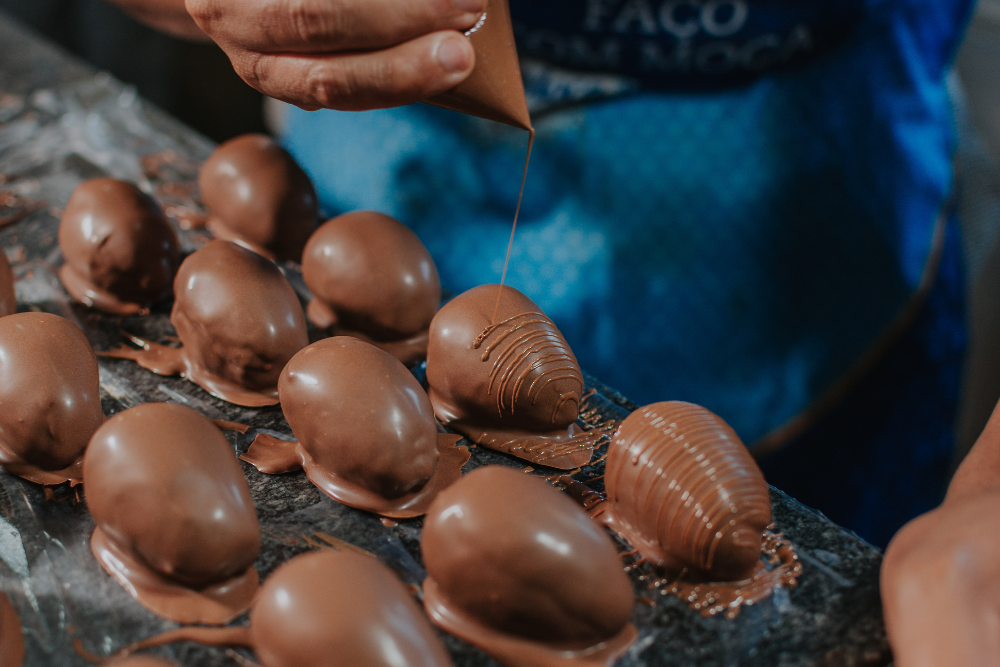
The choice between Swiss and Belgian chocolate depends on personal taste preferences:
- If you love smooth, creamy, and milky chocolate, Swiss chocolate is ideal.
- If you prefer rich, intense cocoa flavors and filled pralines, Belgian chocolate is the way to go.
Both countries produce some of the finest chocolates in the world, each with its own distinct style and heritage. Whether you choose a Swiss milk chocolate bar or a Belgian praline, you’re guaranteed a world-class chocolate experience.
Conclusion
Swiss and Belgian chocolates have long been celebrated for their quality and craftsmanship, yet they offer distinctly different experiences. Switzerland is the master of smooth, creamy milk chocolate, while Belgium excels in intense dark chocolate and artisanal pralines.
For chocolate lovers, the best way to decide is to taste both—and enjoy the delicious contrasts between these two legendary traditions.



